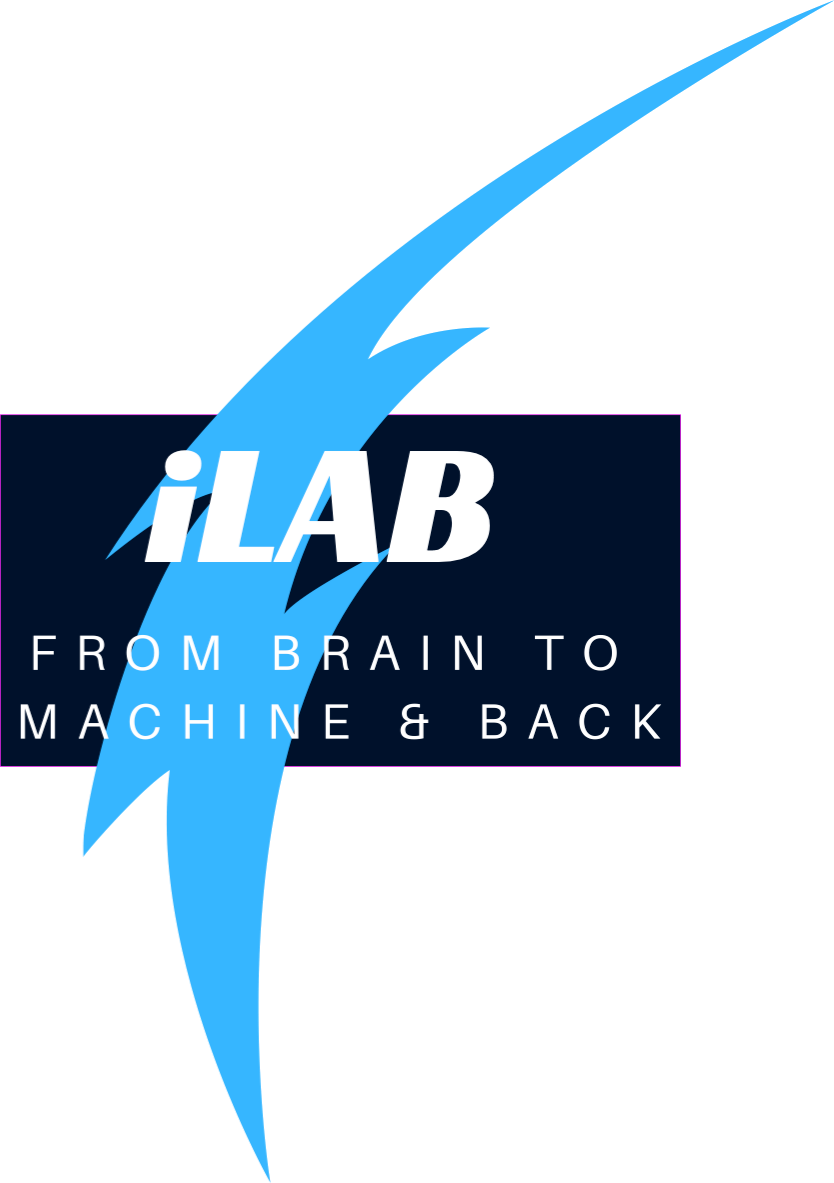Lectures – Vorlesungen
Robotics I
- The lecture covers the basics of autonomous robotics and gives an introduction to the mathematical description of robotic systems. In particular, conventions of parametric descriptions of open kinematic chains and the associated transformations, kinematics of wheel-driven mobile robots, and screw theory as a mathematically deep and conceptually elegant treatment of forces and motions of rigid bodies are discussed.
- Students will be able to describe forces, torques and motion of rigid bodies, as well as calculate kinematics for arbitrary open kinematic chains, based on the learned Screw Theorem. For holonomic and non-holonomic wheel-driven robots, the associated transformation and constraint conditions can be derived.
Autonomous Systems
- Neurally inspired autonomous systems solve problems based on analogies to the function of nervous systems and the behavior of organisms. The module covers three exemplary problems that can be used to teach this approach: artificial action (autonomous robotics), artificial perception (computer vision for robots), and artificial cognition (simplest cognitive performances of autonomous robots such as decision making, memory, and behavioral organization).
- The methods of nonlinear dynamics and dynamic fields (neural fields) are practiced.
Students understand the basic functional relationships between nervous systems and the behavior of living organisms. Nonlinear dynamical systems as a model-building language have been understood and can be applied to elementary problems from the areas of artificial action, artificial perception and artificial cognition.
Introduction to machine learning methods
- This lecture covers a selection of machine learning methods, such as PCA (principal component analysis), clustering, vector quantization, self-organizing maps, independent component analysis, Bayesian theory and graphical models, and reinforcement learning (RL, reinforcement learning).
German:
Robotik I
- Die Vorlesung behandelt die Grundlagen der Autonomen Robotik und gibt eine Einführung in die mathematische Beschreibung von robotischen Systemen. Besprochen werden insbesondere Konventionen parametrischer Beschreibungen von offenen kinematischen Ketten und die assoziierten Transformationen, Kinematiken radgetriebener mobiler Roboter, sowie die Screw-Theorie als mathematisch tief gehende und konzeptionell elegante Behandlung von Kräften und Bewegungen starrer Körper.
- Die Studierenden können auf Basis des erlernten Schraubentheorem Kräfte, Drehmomente und die Bewegung von starren Körper beschreiben, sowie Kinematiken für beliebige offenen kinematische Ketten, berechnen. Für holonome und nicht holonome radgetriebener Roboter können die assoziierten Transformation und Zwangsbedingungen, hergeleitet werden.
Autonome Systeme
- Neuronal inspirierte autonome Systeme lösen Probleme auf der Basis von Analogien zu der Funktion von Nervensystemen und dem Verhalten von Organismen. Das Modul behandelt drei exemplarische Probleme, anhand derer dieses Vorgehen vermittelt werden kann: das künstliche Handeln (autonome Robotik), die künstliche Wahrnehmung (Computersehen für Roboter) und die künstliche Kognition (einfachste kognitive Leistungen von autonomen Robotern wie Entscheidungsfällen, Gedächtnis, und Verhaltensorganisation).
Die Methoden der nichtlinearen Dynamik und der dynamischen Felder (neuronale Felder) werden eingeübt. - Die Studierenden verstehen die grundlegenden funktionalen Zusammenhänge zwischen Nervensystem und dem Verhalten von lebenden Organismen. Nichtlinearen dynamischen Systemen als modellbildende Sprache wurden verstanden und können auf elementare Probleme aus den Bereichen der künstlichen Handlung, der künstlichen Wahrnehmung und der künstlichen Kognition, angewendet werden
Einführung in die Methoden des maschinellen Lehren
- Diese Vorlesung behandelt eine Auswahl von Methoden des maschinellen Lernens, wie zum Beispiel PCA (principal component analysis), Clustering, Vektor Quantisierung, self-organizing maps, independent component analysis, Bayes’sche Theorie und grafische Modelle und Reinforcement-Lernen (RL, Verstärkungslernen).
